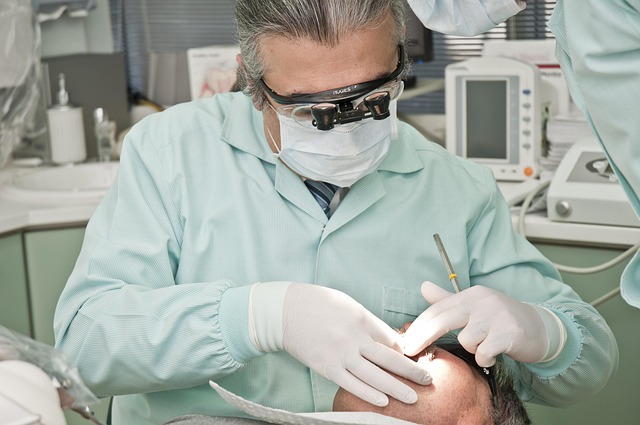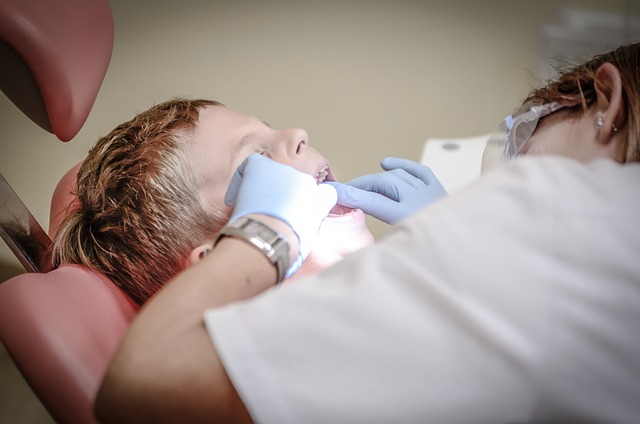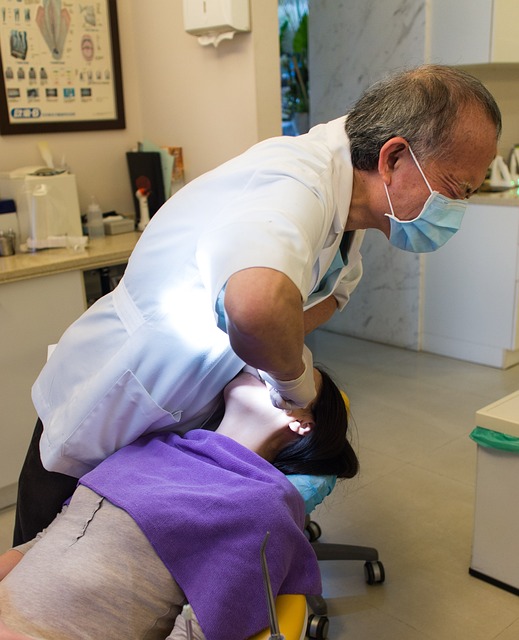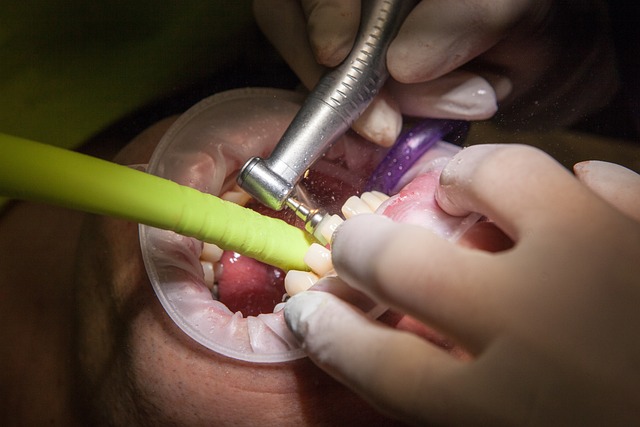For many, a trip to the dentist conjures feelings of anxiety or unease, often linked to memories of painful procedures. However, dentistry is undergoing a quiet revolution, with modern techniques making treatment more comfortable, especially for children, nervous patients and those with special healthcare needs. Three of the most promising innovations – silver diamine fluoride (SDF), atraumatic restorative treatment (ART), and the Hall technique – are transforming how tooth decay is managed.
++ Largest ever manatee gathering spotted in Florida park
During the COVID-19 pandemic, dental practices rapidly adopted non-aerosol-generating procedures to reduce the risk of viral transmission. Methods such as SDF and ART gained popularity during this time and have since remained in widespread use. These approaches challenge the conventional notion that all tooth decay requires drilling and filling, emphasising disease management and patient comfort instead. Importantly, not all cavities need immediate intervention – in some cases, simply monitoring or applying SDF is sufficient, particularly for baby teeth nearing natural exfoliation.
SDF is a simple liquid applied to a cavity with a small brush, offering antibacterial properties while strengthening tooth structure with fluoride. It is particularly effective for shallow decay and is known to halt progression in around 80% of cases. Though it causes discolouration of the treated area, this is often a worthwhile trade-off for avoiding needles, drills, or general anaesthetic – particularly in children. Similarly, ART removes decayed tissue using hand tools instead of noisy drills, followed by a fluoride-releasing filling. This minimally invasive method is ideal in schools, care homes, or for patients who cannot tolerate conventional procedures.
++ Webb telescope findings suggest universe may lie within a black hole
The Hall technique presents yet another alternative, allowing decayed baby teeth to be managed without removing tissue. A stainless-steel crown is simply fitted over the affected tooth, sealing the decay inside. The process is quick, painless, and requires no drilling or injections. While prevention remains the most effective strategy against tooth decay, these innovative techniques are redefining patient care. For those previously deterred by dental fear, they offer a vital bridge to better oral health – proving that dentistry can be both gentle and effective.





